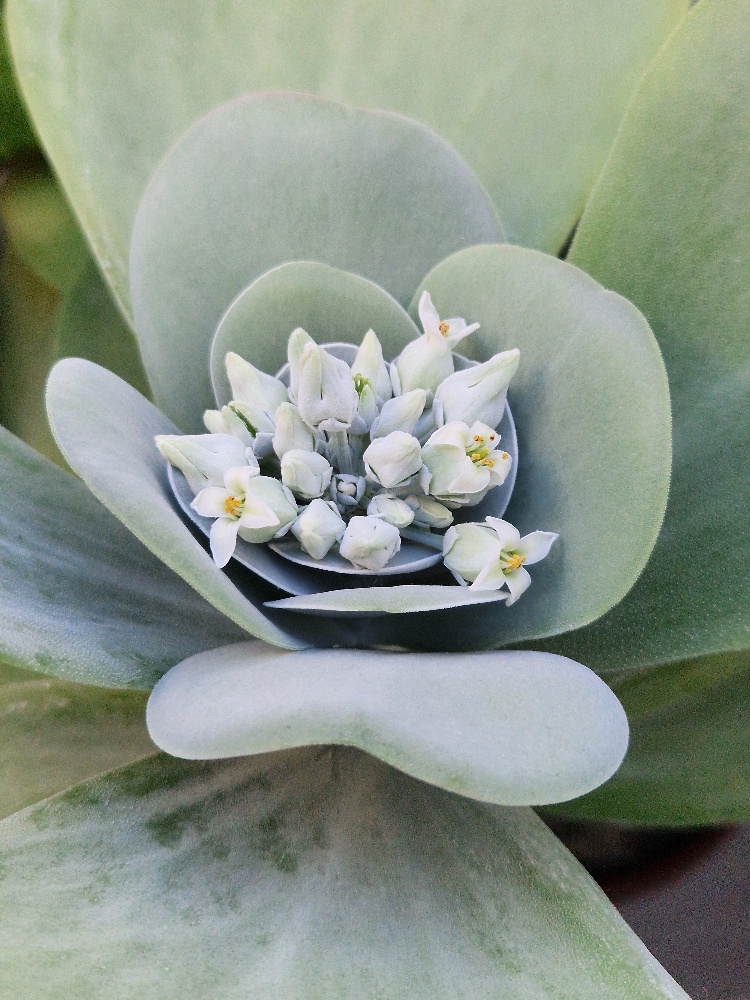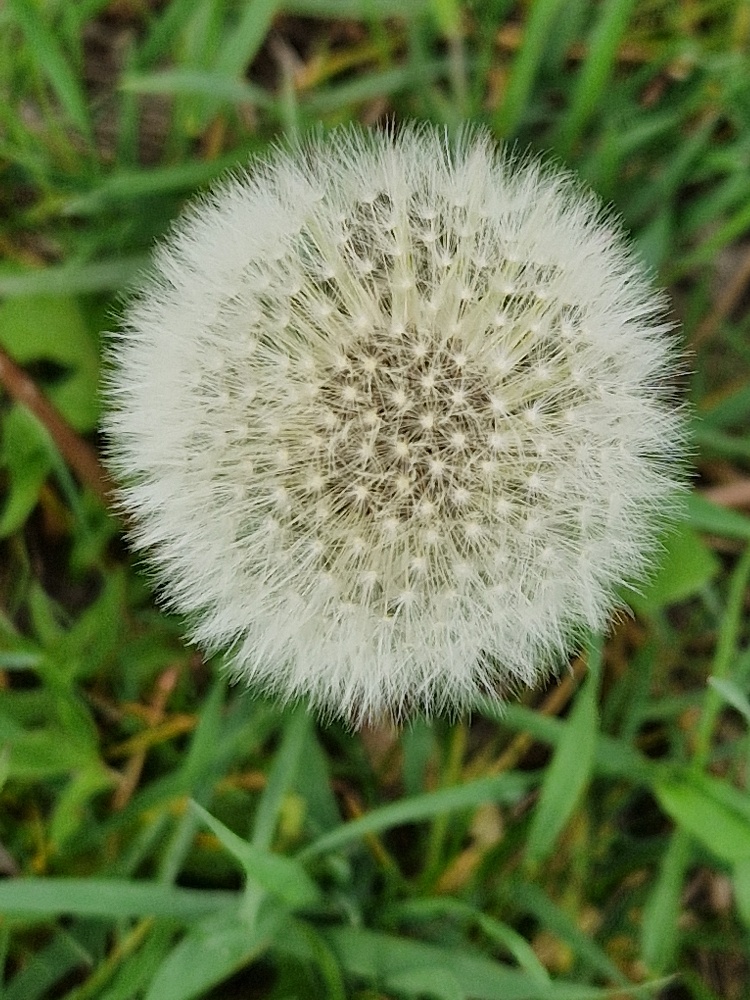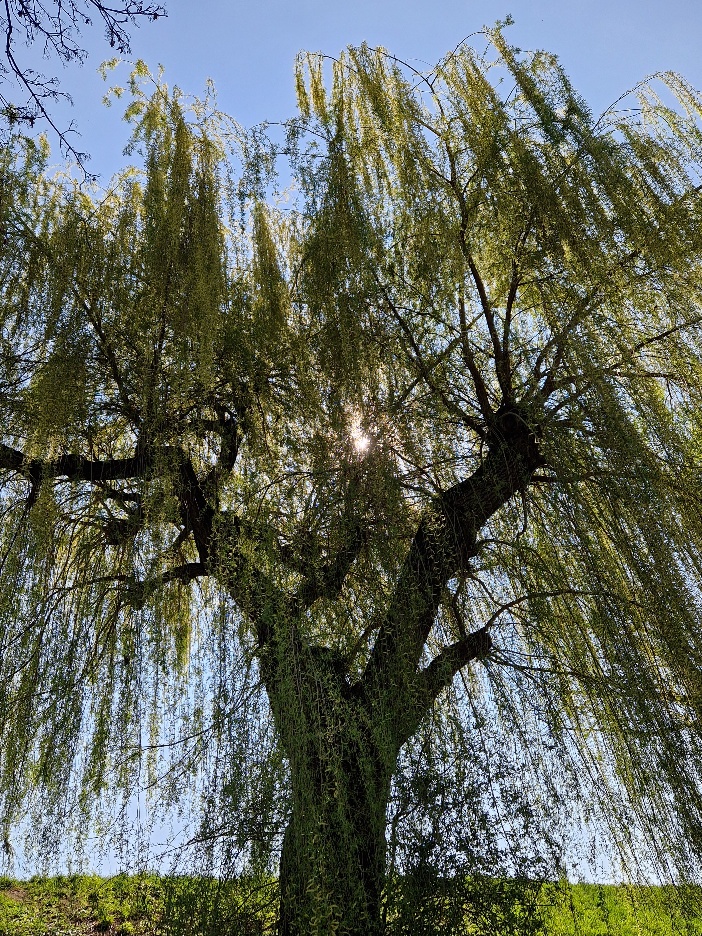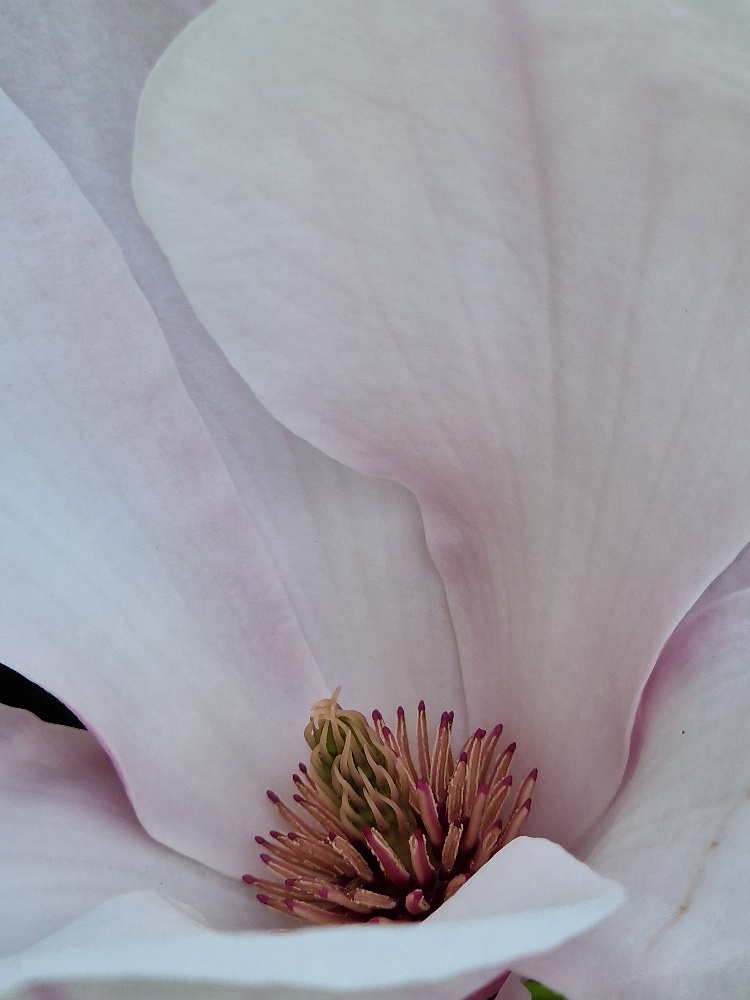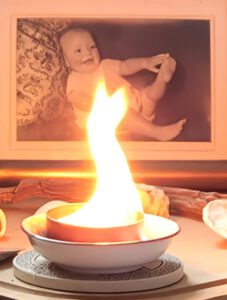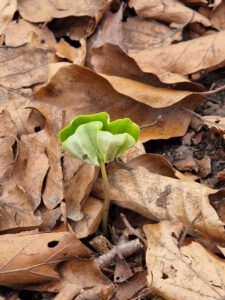Suicide doesn’t solve your problems. It only makes them infinitely, un-countably worse.
Sinéad O’Connor
If you feel pain, you are alive. If you feel the pain of others, you are human.
Leo Tolstoy
Nobody has ever died of grieving. It is the incapacity to grieve that kills us.
Tian Dayton
Jesus, break his fall.
There – but for a clutch of luck – go we all.
Paul Durcan, `The Death by Heroin of Sid Vicious´
Some thoughts of Ernest Hemmingway about pain, suffering, resilience, and defiance came across my desk a few days ago. They began with the following statement: “The hardest lesson I’ve had to learn as an adult is the relentless need to keep going, no matter how shattered I feel inside.”
Hemmingway’s thoughts have prompted me to share my response to the pain and suffering that are evident especially between the lines, suffering which is very familiar to me. No two lives are the same. Comparison never leads to healing. Identification, on the other hand, can be a very good starting point.
The most important lesson of my life has been to stop judging.
It is no coincidence that the Universal Saboteur as defined in the Positive Intelligence (PQ) Mental Fitness modality is the Judge, known to some as the Inner Critic. The Judge is the most ubiquitous of all the fear driven Saboteurs known to humankind. It always compares and thus separates us from life. Its lie is that we do not have at our disposal the necessary ingredients for happiness in the present moment.
The characteristics of the Judge came to mind especially when reading some of the responses to Hemmingway’s words — no doubt, genuinely intended by him as a message of encouragement — by people who mocked and discounted them `because he had, after all, taken his own life´.
Some of these comments could have come from me twenty-five years ago. `What the hell is he talking about? Sure, didn’t he blow his head off?´ Other comments accused him of being a hypocrite and a fraud. The same is often said of other great artists or writers: Antony Bourdain and Robin Williams, who both chose sudden death, for example, or Alan Watts and Kahlil Gibran who slowly succumbed to the malady of alcoholism.
Thankfully, such thoughts no longer hold sway in my responses.
The first thing that strikes me now is the pain, sorrow, and desperation that accompanies every suicide. The decision to take one’s own life is never taken lightly. Many of us have been witness to such situations, perhaps close calls from our own inner dialogue, or real tragedies in our families, our communities, and countless examples all laid out in macabre detail in the media.
Not a year goes by now, without news of someone from my wider circle of friends or acquaintances struggling with life to the degree that they would consider what looks like an escape hatch, an easier softer way. Or indeed, the sad consummation of such plans.
Every time this happens, I am devastated. The devastation comes from the mere inkling of the suffering the protagonist must have been going through when the decision was made and carried out. Such incidences also point clearly to our own vulnerability. If she or he could be pushed that far, could we be next?
Hemingway continues: “This truth is both raw and universal. Life doesn’t pause when our hearts are heavy, our minds are fractured, or our spirits feel like they’re unravelling. It keeps moving — unrelenting, unapologetic — demanding that we move with it. There’s no time to stop, no pause for repair, no moment of stillness where we can gently piece ourselves back together. The world doesn’t wait, even when we need it to.”
Here I agree and beg to differ at the same time. The world does not wait, that’s true. There can be moments of stillness, however, where we can be gently pieced back together.
The daily practice of morning meditation has become an integral part of my life for almost forty years. This practice, a true gift, does not make one a saint, despite our earnest desires, at times, to escape the human condition.
It does, however, provide moments of stillness where we can train the mental muscles that enable us to expand `the gap between stimulus and response´, as Viktor Frankl put it. The stronger those mental muscles become, the less susceptible we are to being hijacked by our Saboteurs, our demons, which would otherwise drag us into the vortex of negativity. It is in this gap, writes Frankl, that our liberation lies. It is upon this foundation that personal transformation takes root, and all paths of self-actualisation unfold.
“What makes this even harder is that no one really prepares us for it. As children, we grow up on a steady diet of stories filled with happy endings, tales of redemption and triumph where everything always falls into place. But adulthood strips away those comforting narratives. Instead, it reveals a harsh truth: survival isn’t glamorous or inspiring most of the time. It’s wearing a mask of strength when you’re falling apart inside. It’s showing up when all you want is to retreat. It’s choosing to move forward, step by painful step, when your heart begs for rest.”
Showing up, one day at a time, is unquestionably a key factor in reaching our full potential. Hemingway was undoubtedly accomplished in this respect. It is the attitude in which we show up that will determine the probability of healing and growth.
In this paragraph we can see the effect of the masculine hero archetype which is very much alive today. In short: Boys don’t cry. Put your best foot forward. Grin and bear it. Never show any sign of weakness.
The culture in which I grew up was also steeped in such ideas. Hemingway, like us all, was a product of his times.
Thankfully, we are now learning that vulnerability is a key element in genuine, healthy communication. Safe spaces have emerged over the centuries, none more potent than the Twelve Step recovery circles that have proliferated countless cultures since their advent in the United States in the late 1930’s, the genesis of the movement now known as Alcoholics Anonymous, and corresponding fellowships.
People who express suicidal feelings are least likely to act on them, stated Sinéad O’Connor in her autobiography. When, through shame and the fear of ignominy, we stuff uncomfortable feelings and negative beliefs further down into our inner darkness, they fester and inevitably explode to the surface, at some point, like a volcano.
Wearing a mask of strength while falling apart inside creates the perfect environment for shame and depression to thrive. This is the downward spiral of suffering in silence. We become ashamed of our shame and depression and sink even lower into social withdrawal and despair.
By being honest and open in communication among people we have learned to trust, we can gradually release the pressure, bring our dark secrets into the light, and begin the process of healing. There is true liberation in asking a trusted fellow to take my hand as I confront my own shame of being ashamed, depressed, or simply discouraged. Such help is available to those who seek it.
In such spaces we discover something that Hemmingway may sadly have missed out on: the power of sharing our troubles with compassionate and like-minded fellow travellers. Ironic for such a gifted storyteller. We must never forget the power of telling our own stories in the presence of others and cultivating the courage to do so, again and again.
He continues: “And yet, we endure. That’s the miracle of being human — we endure. Somewhere in the depths of our pain, we find reserves of strength we didn’t know we possessed. We learn to hold space for ourselves, to be the comfort we crave, to whisper words of hope when no one else does. Over time, we realize that resilience isn’t loud or grandiose; it’s a quiet defiance, a refusal to let life’s weight crush us entirely.”
Alcoholism and other forms of acting out the addictive dynamic, are all examples of suicide in instalments. The active addict can, therefore, be classified among the suicidal. Here it is worth mentioning what 85 years of collective Twelve Step recovery have taught us. Defiance is a major stumbling block to healing from our malady, our dis-ease.
The true miracle is not dogged endurance but the shift from fear to love. That is what recovery is all about. It first gets us to abstinence, that point of neutrality with respect to our addictive acting out (alcohol, other drugs, food, romance, porn, work, etc.) whereupon we can go even deeper and deal with the root causes of our difficulties. When we learn to confront and attend to these, we are well on our way towards emotional sobriety.
We may have been groomed by our childhood experience to put up a good fight when it comes to reality. If so, we develop the belief that the only route to happiness is that or wresting it from the grim circumstances of reality by force. We engage in the pursuit of happiness driven by sheer will power. The ability to fight kept us alive back then. Fighting is what is killing us now.
What a surprise, then, to discover that the first step in recovery is to surrender to the fact that a good life can only be found in learning to `live life on life’s terms.´ We learn to quit fighting, to surrender to a power greater than the power of our will, our ego. We discover that happiness is a by-product rather than a goal in itself.
From Hemmingway’s words, it appears that he had not reached that point of surrender. Perhaps he had and had recoiled once again. We cannot know for sure, and the mystery of life deserves our respect. Like the bull in the arena, our dear brother literally went down fighting.
His resume on this topic concludes as follows: “Yes, it’s messy. Yes, it’s exhausting. And yes, there are days when it feels almost impossible to take another step. But even then, we move forward. Each tiny step is proof of our resilience, a reminder that even in our darkest moments, we’re still fighting, still refusing to give up. That fight — that courage — is the quiet miracle of survival.”
While recognising the need to keep going, my experience is very different to Hemmingway’s. For me, the miracle lies in the initial surrender followed by a continuous sequence of steps, each one a manifestation of `the next right thing´. Counter to the default programme of every child who has experienced trauma, we quit swimming against the stream of life, turn around and learn to go with the flow. We also learn to ask for help.
The miracle is that shift from the fear-based Saboteurs to the life-loving higher frequencies of the Sage: Empathise, Explore, Innovate, Navigate, and Activate, all in the context of the Sage Perspective which states that every experience encompasses a gift and opportunity.
With increasing levels of Mental Fitness, we will be hijacked less often. Since, however, we remain subject to the human condition, this is bound to happen at times. Resilience is a measure of the speed with which we recover from such Saboteur hijacking when it happens, returning ever more quickly to a state of balance and equanimity.
It has been inspiring to engage in the dialogue that ensued in response to the original Hemmingway post. It has played out as a collective exercise in humility and compassion, for the most part, reminding me of the words of Paul Watzlawick, when he astutely observed that: “The counterpart of the suicide is the seeker; but the difference between them is slight.”

